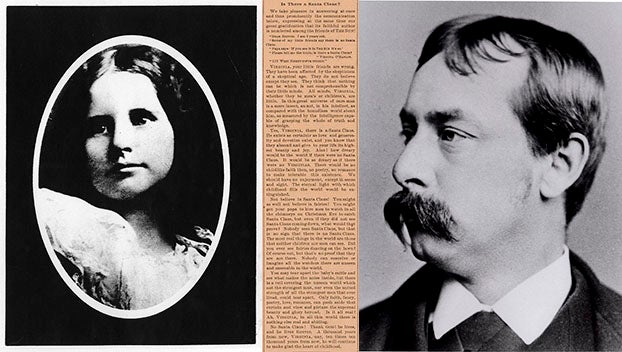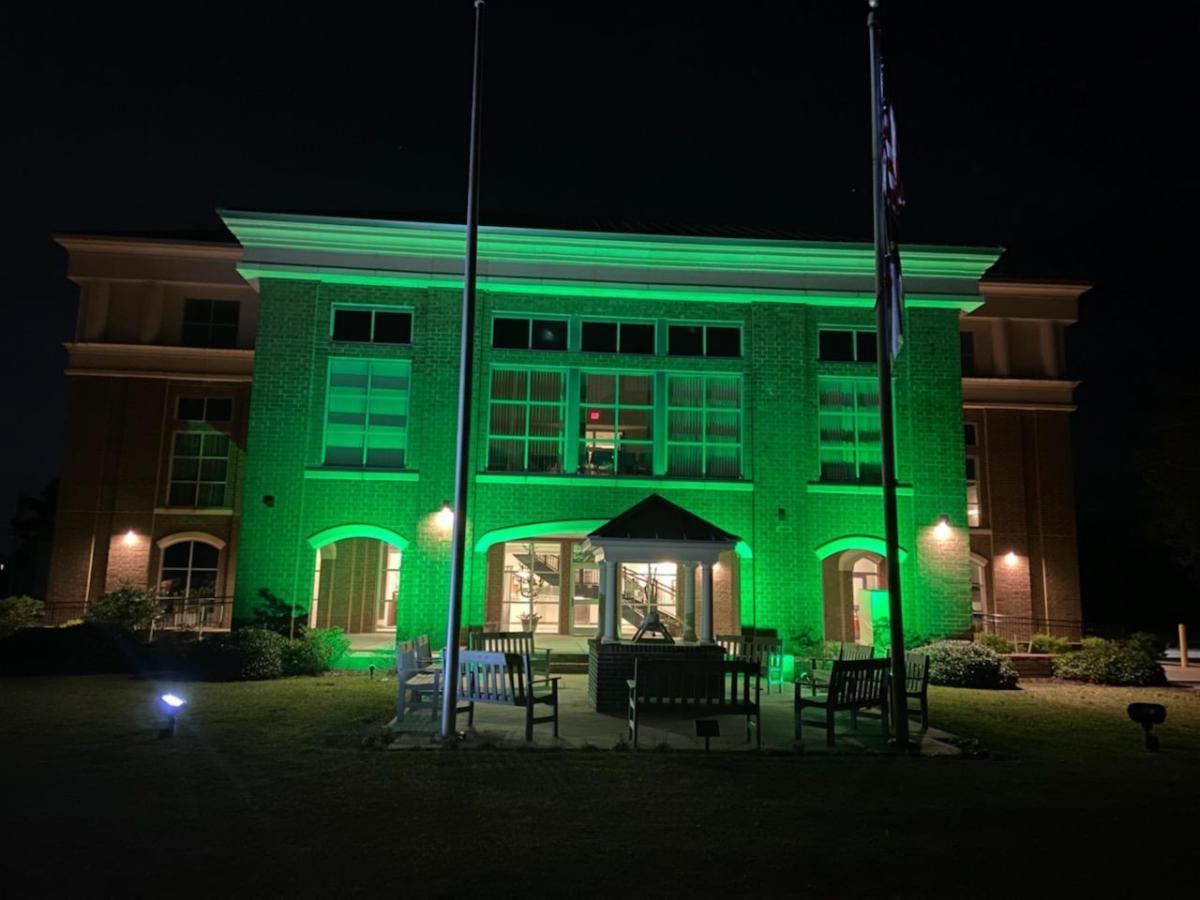Defeat the heat
Published 5:23 pm Thursday, June 16, 2016
Earlier this week, area residents were reminded just how hot and humid eastern North Carolina can be. It’s going to get hotter and more humid in the coming weeks.
Extreme heat results in heat-related illnesses and death. From May 22 to June 4, about 303 heat-related illnesses were identified in emergency-room records, according to the North Carolina Department of Health and Human Services. Last year, from May 1 through Sept. 30, approximately 3,376 heat-related illnesses were identified in emergency-room records, according to NCDHHS. Men and boys accounted for 73 percent of those emergency-room visits. The number of emergency room visits for heat-related illnesses was highest among the 25-year-old to 64-year-old age group. Those figures should get one’s attention.
So should these facts. Most visits to emergency rooms (heat-related) were in the coastal, Piedmont and Sandhills areas of the state. Construction workers, roofers and landscapers were common visitors to emergency rooms for treatment for heat-related illnesses. Football players and runners also are at high risk for heat-related illnesses, according to NCDHSS.
During the next several months, be aware and take care.
Symptoms of heat-related stress and illness include muscle cramps, fatigue, weakness, dizziness, fainting, headaches, nausea and vomiting, and can be avoidable with proper precautions, according to the NCDHHS website. Children, older North Carolinians, outdoor workers and those with chronic health conditions are most vulnerable to illness during the hot summer months.
To reduce risk of heat-related illness:
• drink plenty of fluids;
• if spending multiple hours outside, take breaks in cool or air-conditioned environments;
• speak with a physician about how to stay safe if taking medicines that make one more vulnerable to heat, such as drugs for high blood pressure, migraines, allergies, muscle spasms, mental illness and tranquilizers;
• reduce time spent outside during the hottest part of the day, usually 11 a.m. to 4 p.m.
Protect oneself and others. Don’t become a statistic.




